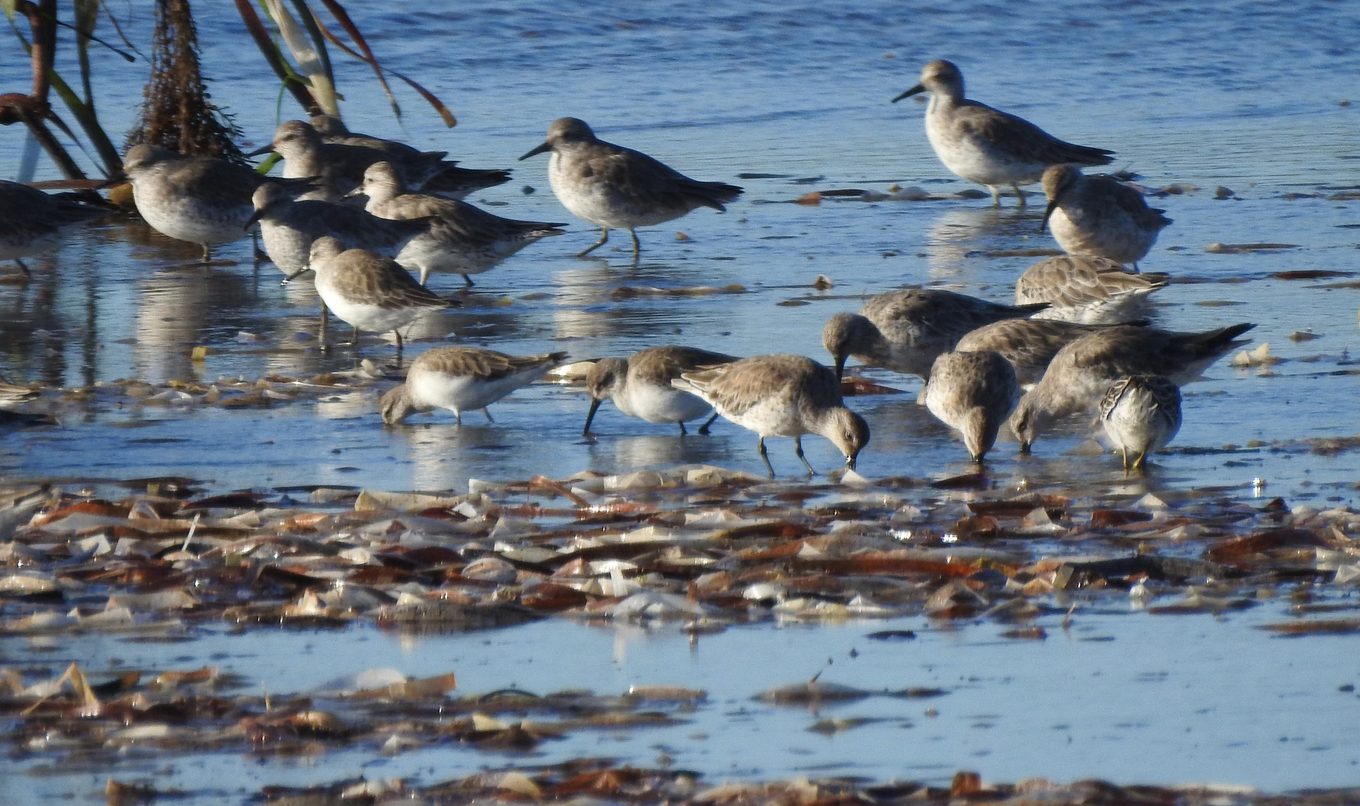Winged migration takes to the skies at Adelaide International Bird Sanctuary National Park - Winaityinaityi Pangkara
As autumn sets in and daylight hours begin to fade, thousands of resident birds are preparing to take flight on a yearly migration from the relatively balmy shores of the Adelaide International Bird Sanctuary (AIBS) National Park - Winaityinaityi Pangkara to the Arctic summer in the northern hemisphere.

It’s a long return journey of more than 25,000 kilometres.
Home to more than 27,000 shorebirds, including arguably South Australia’s most famous frequent flyer Go-Go Godwit, a male bar-tailed godwit with a yellow AKK tag, the sanctuary provides a crucial feeding and roosting area for migratory birds that breed in the Arctic summer.
District Ranger April McInerney said more than 52 shorebird species, including 32 migratory bird species, had been recorded at AIBS, several of which were endangered.
“March and April is a great time to visit the sanctuary with binoculars and to see these amazing little birds in the shallows for yourself,” she said.
“But it’s very important to give our feathered globetrotters lots of space, and to view them from afar, as they’re currently busy eating and building up their body weight before they head off on their long journey back to their breeding ground.”
April said a key focus of the park was the protection of the shorebirds and their habitats.
“This is especially so during late summer and autumn prior to the shorebirds’ northward migration,” she said.
“Our park provides essential feeding and roosting opportunities for these migratory shorebirds and these sites are highly vulnerable to disturbance.
“Migratory shorebirds need huge amounts of energy to complete their migrations and that energy comes from the food they eat here, which is only available at receding and low tide.
“Regardless of whether it’s day or night, shorebirds need to be able to feed constantly without disturbance.
“They are very easily disturbed by close activity and by dogs in particular, which is why dogs need to be on a lead and kept well away from shorebirds.”
Driving or operating all forms of vehicles, vessels and recreational devices near shorebirds could also disturb them, and reduce their survival prospects.
To find out more visit www.parks.sa.gov.au/parks/adelaide-international-bird-sanctuary-national-park

